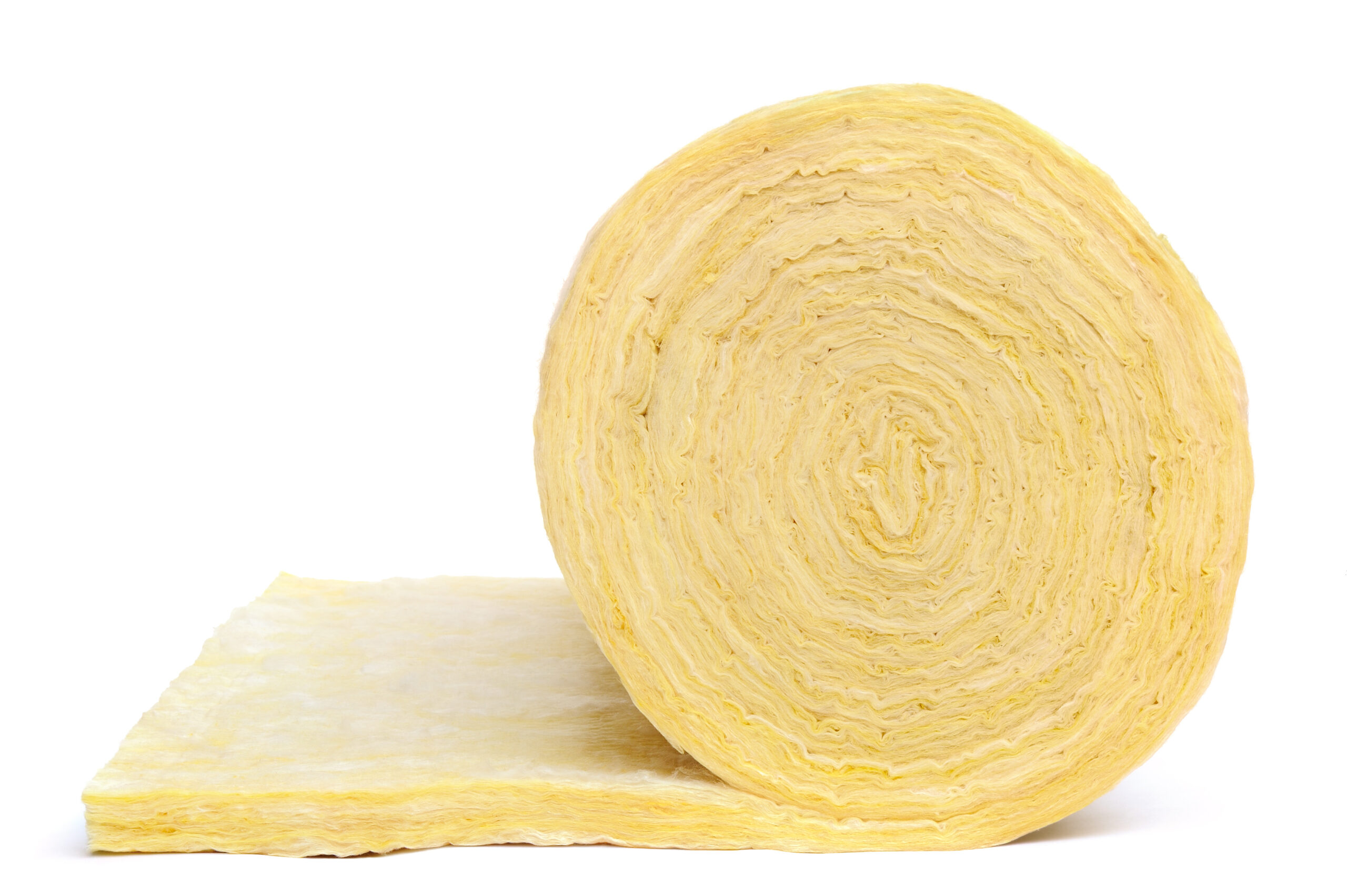Pro TIps
Fix Sweating PIpes
Everything sweats when temperatures rise in the summer, and cold water pipes are no exception. It may sound trivial, but sweating pipes can cause serious water damage, and can lead to mold and structural rot. Luckily, pipe sweating is a relatively simple fix and can be taken care of by DIYers.
What Causes Pipes to Sweat?
Pipe sweating occurs because cold air holds less water vapor than warm air. When a cold pipe touches the hot, moist air around it, the temperature around the pipe drops and the air reaches its dew point. This causes the water vapor in the air to become a liquid and collect on the side of the pipe.
This is the same phenomenon that allows clouds to form, and while the formation of condensation is probably a neat process if you’re into meteorology, you may appreciate it less a homeowner.
Make Sure the Pipes are Sweating, Not Leaking
Fixing a pipe that sweats isn’t such a difficult task, but before you fix the pipe, your first job is to ensure that it’s actually sweating and not leaking. If the sweating is bad enough, it may be hard to tell the difference.
- Look for signs of a leak on the pipe. Check the pipe for green corrosion or rust, especially near the fittings. If the pipe has been leaking since before the temperature warmed up, you may see evidence of the leak somewhere on the pipe.
- Check your water meter to see if your house has a leak. Turn off all the water faucets in your house and stop all water-related activity. Check the water meter and record the number. Wait half an hour, then check the water meter again. If the gauge or number on the water meter has changed, your house has a leak. Unfortunately, there’s no way to tell where the leak is coming from, so the sweating or leaking pipe in question may not be the source of the problem. Either way, it’s time to call a plumber.
There are a Few Ways to Fix Sweating Pipes

If you do determine that the pipe is definitely sweating, there are a couple things you can do to fix the problem.
- A/C: Air conditioners have a de-humidifying effect that will fix the problem as long as the sweating pipe is somewhere in the temperature controlled portions of your home.
- Dehumidifier: If your home has no air conditioning or the air conditioner doesn’t work, you can still reduce the problem by removing some of the humidity in the air.
- Insulation: Insulated pipes don’t sweat. The easiest way to insulate your pipes is with self-adhesive pipe sleeves, sold at home improvement centers and hardware stores across the country. For more specific directions, take a look at our blog post about how to insulate pipes.
Pipe insulation is a great DIY project because just about anyone can fit a self-adhesive sleeve over a pipe. We recommend insulating all your pipes, not just the sweating ones. Pipe insulation can make your home more energy efficient and can prevent your pipes from freezing and bursting when temperatures drop in the winter.
For more information or to pay for professional pipe insulation, give us a call at Terry’s Plumbing.
